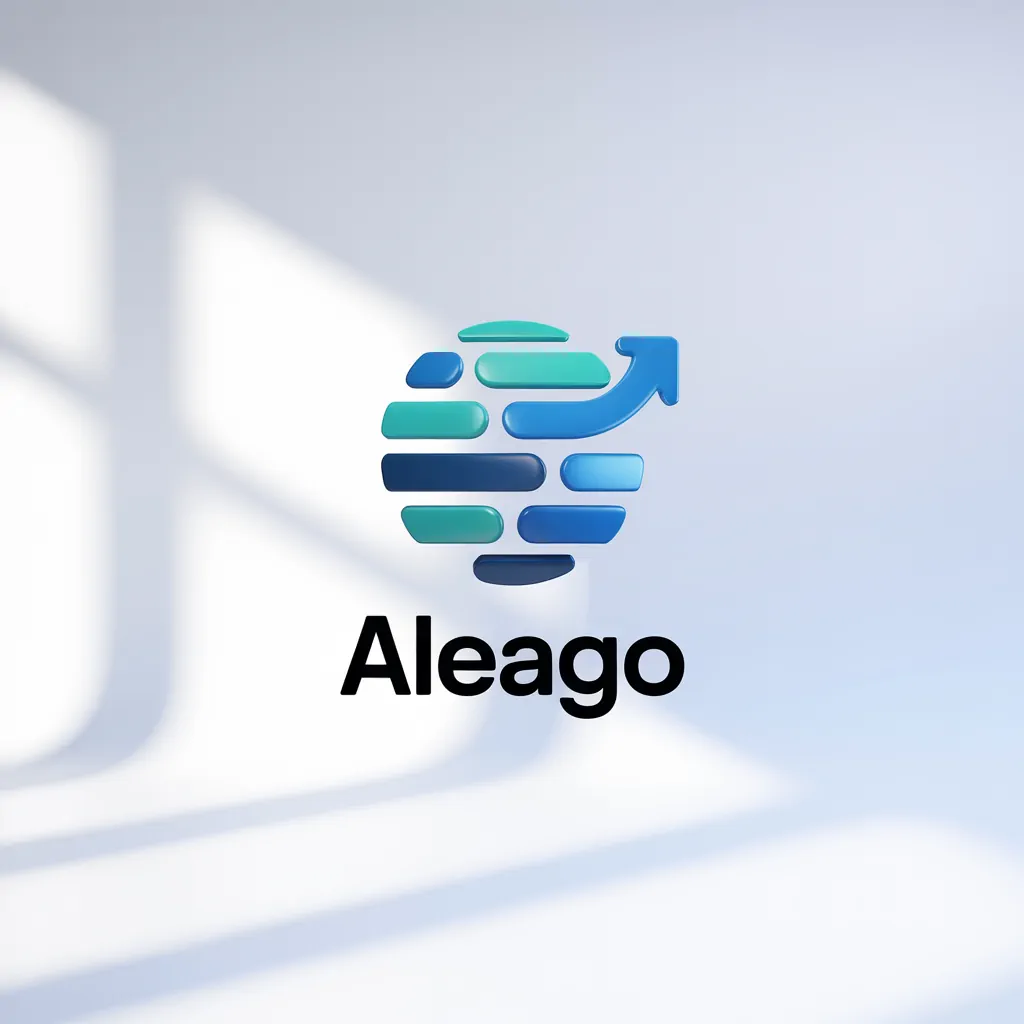Workplace
Browse premium domain names carefully selected for your industry.
Premium domain names help your business win by being easy to remember and trust. A brandable short .com shows you're focused and high-quality in areas like HR tech and productivity tools. It helps you start strong and share your growth story easily.
To pick the right name, have a clear strategy. Short, catchy names are easier to remember and make fewer mistakes. In B2B, a name that grabs attention quickly is priceless.
This guide will show you how to match your startup's brand with the perfect web address. It covers what makes a good name, how to fit your style, check for SEO, and do quick tests. It helps make your .com relevant yet flexible as you grow.
Are you ready to pick the right name? Check out Brandtune.com. It's a site specially for business domains. Here, you can find and buy the perfect name that starts strong and grows with your business.
Why Premium, Brandable Short .com Names Drive Workplace Business Growth
A short, brandable .com makes a strong first impression. It boosts demand and preps sales. Such names enhance memory during meetings and support all buyer interactions.
Immediate credibility and memorability
Buyers look for quick trust signals. A short .com signals credibility and eases the mind. It helps in demos and webinars.
It's especially true in fields like HR software. Simple names stick better, keeping your audience tuned in.
Direct traffic and word-of-mouth advantages
Short names mean fewer typing mistakes. They're great for direct traffic from various sources. This makes sharing easier, reducing marketing costs.
As your name gets repeated, your reach grows. You'll see benefits in online communities and newsletters.
Higher click-through rates in ads and search
Memorable domains meet user expectations, boosting ad clicks. They make marketing more effective. Ads become easier to trust.
Sales teams also win with clearer recall. Consistent naming builds trust from the first impression to demo requests.
Core Qualities of a High-Converting Workplace Business Domain
Your domain should be quick off the mark: fast to say, simple to type, and obvious in meaning. Use names that make your brand clear, fit your business area, and meet B2B naming rules for SaaS in the workplace. Choose domain practices that keep your message sharp in ads, demos, and on calls.
Short, simple, and easy to pronounce
Keep it between 4–10 characters. Pick domains that flow off the tongue, with a good mix of vowels and consonants. Do a quick test to see if people can remember it and type it without mistakes, on phones and computers.
Clear relevance to workplace solutions
Add hints like work, team, or task in your name to show it's about workplace solutions. But keep it broad to allow growth. Combine it with a clear, precise tagline to make your brand's purpose known right away.
Avoiding hyphens, numbers, and confusion
Leave out hyphens and confusing numbers. Avoid double letters that might be misunderstood. Check for words that sound alike or are often spelled wrong to keep your website traffic strong and make sharing your name easy. These steps help you follow B2B naming rules and prevent mistakes.
Future-proof for product and service expansion
Choose a name that can grow with your product, from a single tool to a whole platform. Use general or abstract terms to include future tech like AI, analytics, and adding new features. Make sure it sounds good in many languages to stay clear and strong in global markets, helping with SaaS branding and keeping your brand message clear over time.
Choose the Best Premium Domain Name for Workplace Business
Your domain should be clear and show your focus and value. Treat the selection like picking a new product. Set rules, test quickly, and pick with growth in mind. Make sure your choice reflects your brand and goals.
Define your positioning and audience first
Start with a promise that's just one sentence long. Use insights to build it, focusing on what your key customers need. Think about what they want, like quicker onboarding or safer access.
List what makes you different, then figure out what's most important. Use this to guide your name, how you talk about it, and how you sell it. Being precise early on helps keep things on track.
Align brand voice with name style: modern, professional, or playful
A modern name suggests progress and has a fresh sound. A professional name uses real words to feel stable. A playful name is best for brands that want to show off team spirit.
Make sure your name and your brand's look match. This helps everything feel connected, from your website to your app.
Test for clarity, recall, and verbal shareability
Do quick tests to see if people understand your name. Ask them to spell it after hearing it once. Look out for ways they might get it wrong.
Try remembering the name after a while to see if it sticks. Choose a name that's easy to say out loud, without tricky sound combinations.
Validate availability across key digital touchpoints
Make sure your name works on LinkedIn, X, and YouTube. Check that email addresses you'll use are available.
See if voice assistants recognize your domain for common questions. Plan for the future by setting up subdomains for analytics, CRM, and help centers. This keeps your branding consistent across channels.
Naming Styles That Work for Workplace Brands
Your name helps your growth. Pick names that fit your path, speak to buyers quickly, and grow with your brand. Keep it simple, focused, and ready to tell a story.
Real words and blends that feel familiar
Real words are easy to get and make things smoother. Slack and Workday show clear names are easy to remember. Use new blends that are easy to understand.
Use blends your buyers know. Pick short, easy parts. Make sure it's easy to spell so everyone gets it right away.
Invented names with clean phonetics
Invented names are good if they sound clear. Aim for a few sharp syllables. This makes it easy for everyone to understand immediately.
Make sure it's easy to repeat and looks good. Strong invented names fit well into a larger brand and sub-products.
Acronym-based names that still sound human
Acronyms should sound casual, not like a code. Choose flowing letters and add a simple tag, like “Team Analytics.”
This is good for a wide range of products. It brings things together while keeping talks friendly.
Action-oriented names that signal outcomes
Names that show results are powerful. They highlight benefits like more productivity or safety. This style is great for tools that help with work or planning.
Test names for their impact and ease. Choose names that are easy to remember and tell a story. This helps as your brand grows and changes.
SEO Considerations for Premium .com Domain Selection
Your domain name can be unique and still rank high in searches. It doesn't have to exactly match a search query. Pair a unique name with strong site signals to show relevance. This method builds authority on workplace terms while keeping your brand's story safe.
Balancing brandable names with topical relevance
Pick a short, easy-to-remember .com name, then use specific content to add context. Use direct phrases like "employee scheduling software" or "team collaboration platform" in titles. This balance improves SEO for unique domain names and helps search engines understand your site.
Using semantic cues in the name or tagline
If your name is not straightforward, add a clear tagline near the logo. Also, include it in page headings. Mention related terms, features, and roles to help with optimization. These hints boost relevance and help search engines find your key offerings.
Homepage optimization to reinforce relevance
Start with a strong promise in the main H1. Then, back it up with concise H2s for features. Keep pages quick and easy to use on phones to keep users happy. Good homepage SEO makes your purpose clear and improves your brand's search rankings.
Internal linking and anchor strategies for new domains
Create a topic cluster focused on your main solution. Link from the homepage to important guides and templates. Mix exact terms, synonyms, and related entities in your anchor text. A smart linking approach helps spread authority and boosts topical relevance across your site.
Start with comparison pages, hubs, and role-based solutions for early success. Get mentions in well-known media and directories to be recognized faster. These steps make your site more relevant and boost SEO benefits for unique domain names.
How to Vet Shortlists Before You Commit
Before you decide, give your shortlist a quick, fair look. Use name tests to weed out the weak early. You want to find a name that sounds good, works well online, and is safe to use.
Five-second recall and radio test: Try a brand recall test. Show the name for five seconds, then hide it. Ask folks to spell it after waiting a bit. If it's said once and misunderstood or misspelled, drop it. Choose names that are easy to say and remember, even in loud places.
Search results scan for confusion and overlap: Look at search results for the name and similar ones. Look for big names like Microsoft that could overshadow yours. See how long it might take to be noticed online by looking at ads and images.
Audience mini-surveys and stakeholder alignment: Ask potential customers what they think and see if your team agrees. Rate the name on its clarity, trustworthiness, and feeling. Set rules early to avoid endless discussions. Have a way to make the final choice quickly.
Email, social handle, and voice assistant checks: Check if the name works on email, LinkedIn, X, Instagram, and YouTube. Make sure it sounds right when spoken to Siri, Google Assistant, and Alexa. See if it's clear on small icons and browser tabs.
Operational fit and future use: Say the name in support calls, training, and sales talks. Use it in case studies and webinars. If you plan to grow worldwide, make sure it's easy to adapt. This is your last check to ensure it fits daily use and avoids future problems.
Brandtone, Rhythm, and Phonetics: Sound That Sells
Your domain should speak easily. Strong phonetic branding starts with clean, open, and smooth sounds. Aim for a pleasant sound that sticks in meetings, demos, and podcasts. Two or three syllables are best for quickness and impact without effort.
Watch the name rhythm closely. Avoid sound clusters that blur or become tongue-twisters. Emphasize the syllable that fits your brand's spirit. Always test the rhythm in both quiet and noisy places to ensure it works everywhere.
Check how it sounds in different accents. Make quick phone recordings and listen for sounds that might merge, like B/P or M/N. This helps keep your brand easy to talk about. It makes sure your domain is easy for sales teams to say without mistakes.
Make sure the name looks good too. Your word should look strong in text, logos, and tiny favicon images. Keeping the visual in tune with the sound helps people remember your brand. It stops confusion when customers go from seeing ads to hearing your name.
Prepare your team well. Include a clear way to say the name in your brand guide. Add a simple speaking plan for introductions. This makes sure your name works right away, cuts down on mix-ups, and helps keep things moving in discussions and when welcoming new people.
Where to Find Premium Brandable Short .com Names for Workplace Businesses
Your quest for the best workplace brand names leads to premium domain shops. These places offer names that are easy to remember, sound great, and come with logos. They focus on short .com names perfect for businesses. Their prices are clear, and buying is easy.
Choose with care. Look for names that are easy to remember and say. Make sure they're close to your business type. Use tools to check if the name works well online and offline. Ensure it fits with any future products or services too.
Time is key. Curated lists shorten your search and improve quality. This way, finding a brand name is efficient, not left to chance. You get choices that are easy to remember, say, and have room to grow. Perfect for workplace brands that need to shine everywhere.
Now, pick your favorites based on how they connect to your business. Test how memorable they are and how they sound. Act quickly, as the best names sell fast. Visit Brandtune.com for top brandable names and .com's that fit workplace brands. It's the go-to for easy domain buying and discovering the right brand names.




















